All About Carats and Karats
MORE INFORMATION
Published on
23.06.2022
–
When diamond was traded years ago, merchants used carob seeds as an original unit of measure, which is where the word carat is derived from. Because of the uniformity in the size of carob seeds, it was adopted as a generally accepted unit of measurement centuries ago.
These days, the carat (ct) is a unit of measurement equal to 200mg and is used to assess the precise weight of diamonds and pearls. The current unit of mass, also known as the metric carat, was first established at the Fourth General Conference on Weights and Measures.
In times past, diamonds were traded using carob seeds as a standard unit of measure, giving rise to the term carat.
Each carat is divided into 100 points of 2mg, which enables gemologists to provide extremely precise weight measurements. Sometimes diamonds below one carat are referenced in points alone. For instance, a 0.25 carat diamond may be referred to as a 25-pointer.
The more a diamond weighs, the higher its price because it is rare to find large diamonds. Some of the highest prices can be fetched for a paragon, which is a flawless diamond of at least 100 carats (20g). While any two diamonds can possess the exact same weight, their costs could vary dramatically depending on other crucial factors, such as clarity, cut and color.
The current unit of mass, also known as the metric carat, was first established at the Fourth General Conference on Weights and Measures.
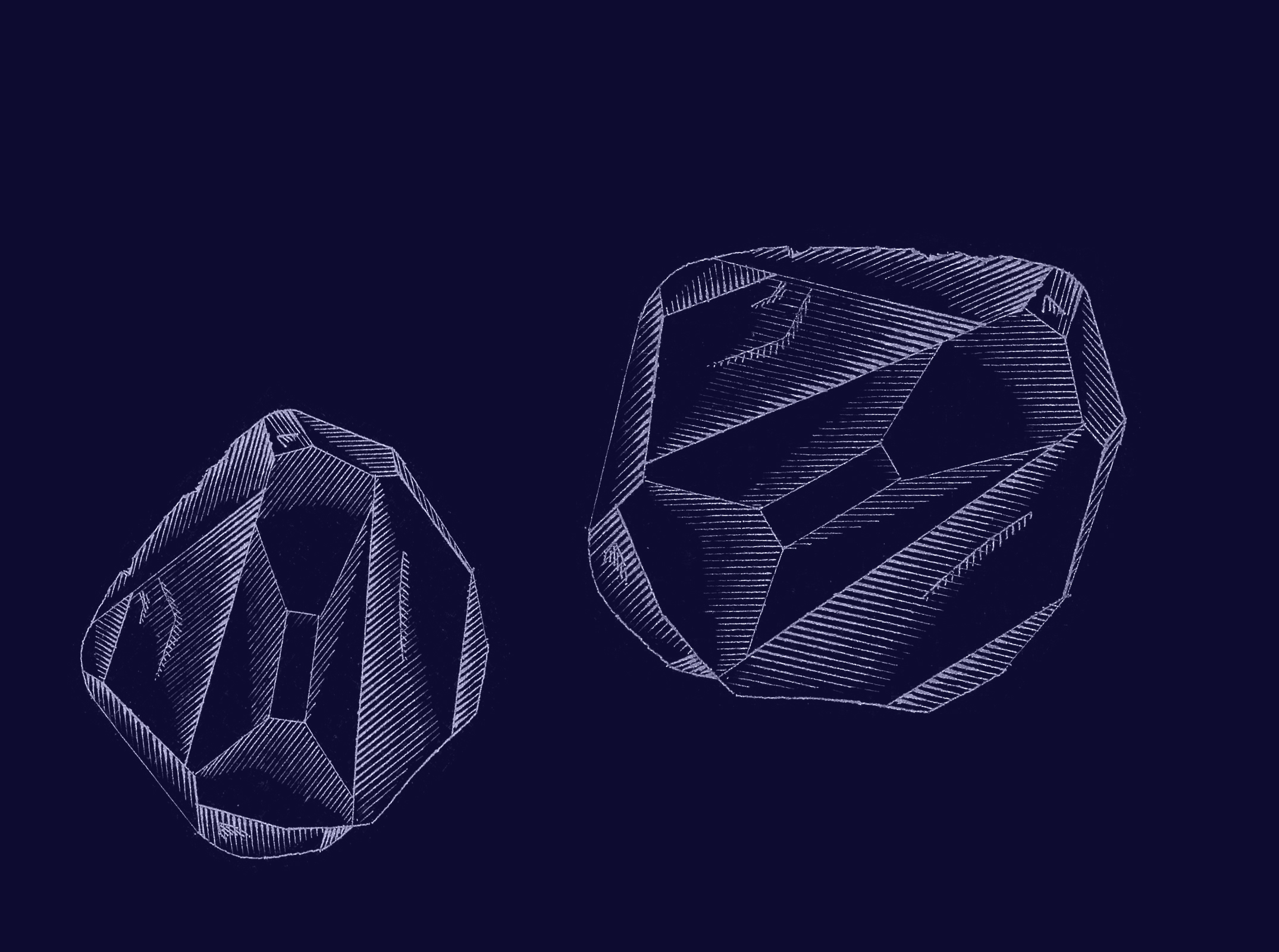
Sketches of Indian diamonds from the 18th Century
When purchasing diamonds, one tip is to scout stones that fall slightly shy of common weights, such as ½ ct, ¾ ct and 1 ct. Because such diamonds are just below the threshold, they often yield lower prices.
For example, a .90 carat diamond will usually have a lower ticket value than a 1.00 carat diamond. The visual differences, however, are often miniscule and a lower carat weight diamond may have a diameter equal to that of a heavier diamond, which makes it appear to be the same size when viewed from above.
Jumping over to the spectrum of noble metals, the purity of gold is measured in karats. A karat represents the proportion of gold in an alloy out of 24 parts, so 16k gold is 16/24 parts gold (16 parts gold, 8 parts another metal). This system first emerged with a medieval coin called a mark.
One tip is to scout stones that fall slightly shy of common weights, such as ½ ct, ¾ ct and 1 ct. Because such diamonds are just below the threshold, they often yield lower prices.
A mark weighed 24 carats and, yes, we’re talking the same carats used to measure diamonds years ago. Because pure gold was too soft to produce marks, it was mixed with other metals to create a strong alloy. The purity of the coin was characterized by the proportion of gold compared to other metals.
24k gold is 100% pure, while 10k is the minimum to be considered gold and is about 42% pure. It’s important to note that while 100% gold purity is not truly attainable, the designation is still possible in commerce for gold of 99.95% purity.
The percentage of pure gold to karats:
- 99.95–100% = 24k (acclaimed 99.95%)
- 95.83–99.95% = 23k (acclaimed 95.83%)
- 75.00–79.16% = 18k (acclaimed 75.00%)
- 58.33–62.50% = 14k (acclaimed 58.33%)
Semi-fine jewelry includes gold-plated, gold-filled and gold vermeil pieces. Although silver is a noble metal, it is not rated in karats but in fineness, which is the amount of pure silver in the alloy.
MORE EDITORIALS
| 01 |
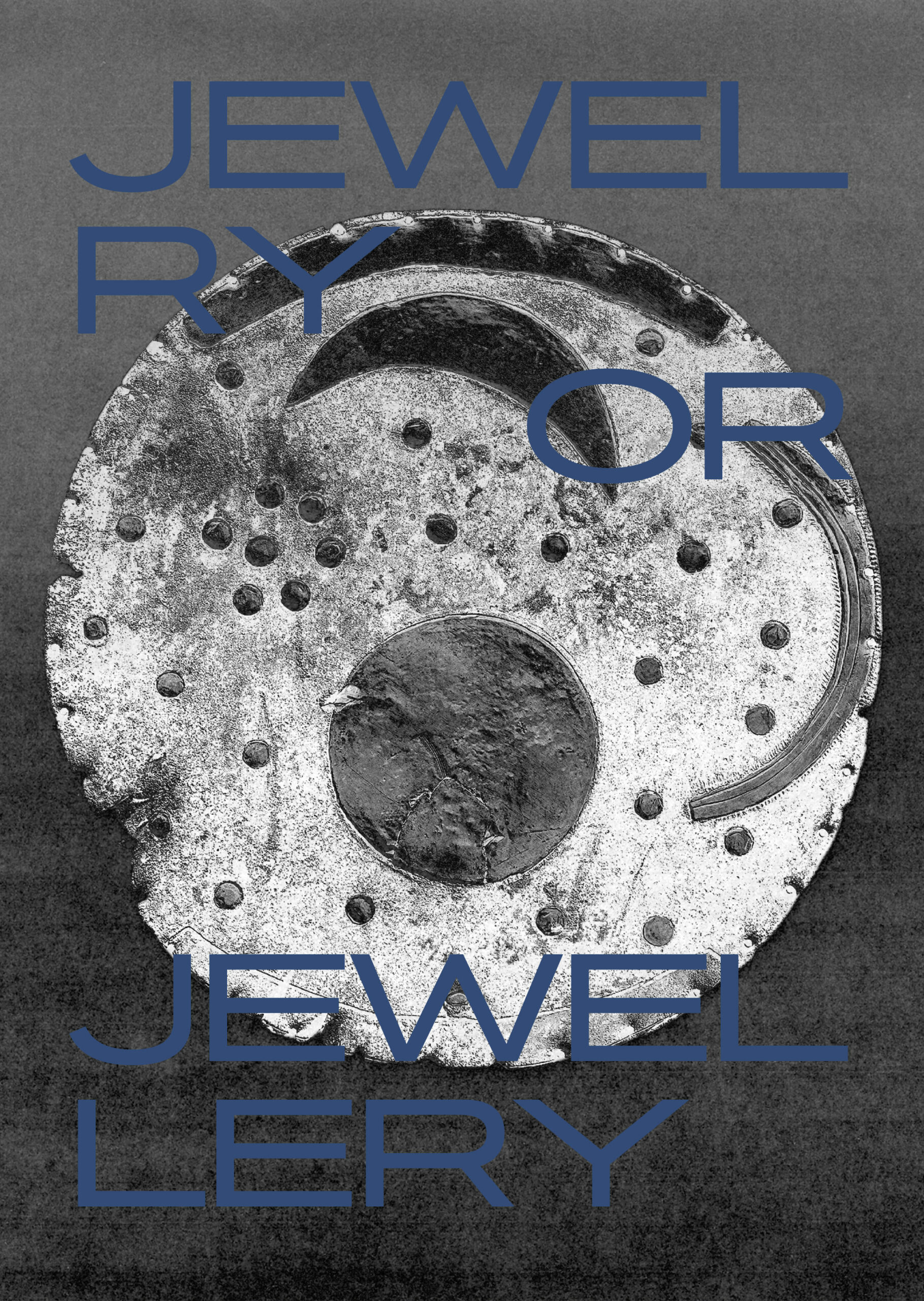 |
Aesthetics and Culture: The Difference Between Jewelry and Jewellery | CURIOSITIES | 13.02.2023 |

|
13.02.2023
Aesthetics and Culture: The Difference Between Jewelry and Jewellery |
|||
| 02 |
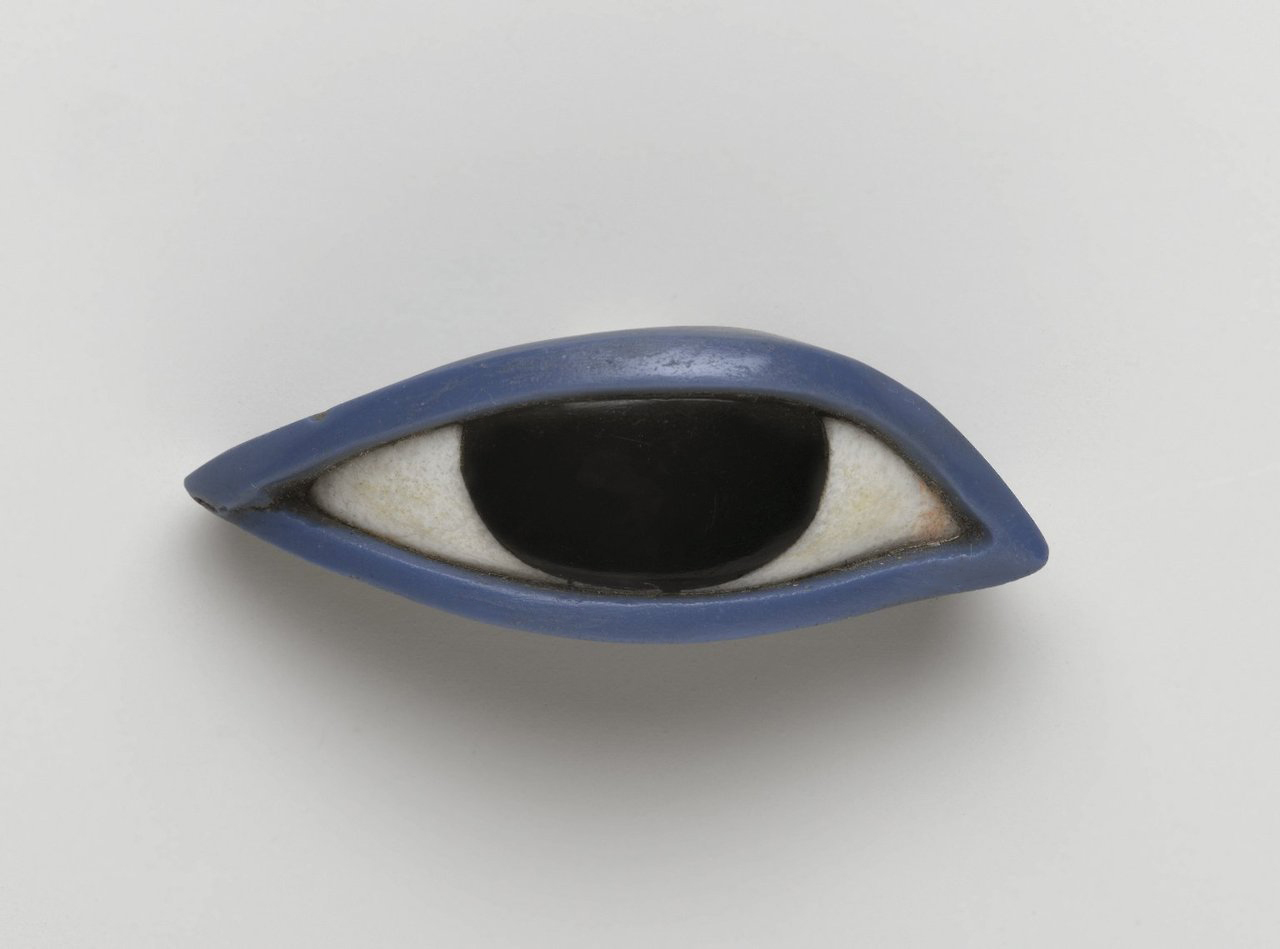 |
Egyptian Eye from an Anthropoid Coffin | CURIOSITIES | 01.05.2022 |

|
01.05.2022
Egyptian Eye from an Anthropoid Coffin |
|||
| 03 |
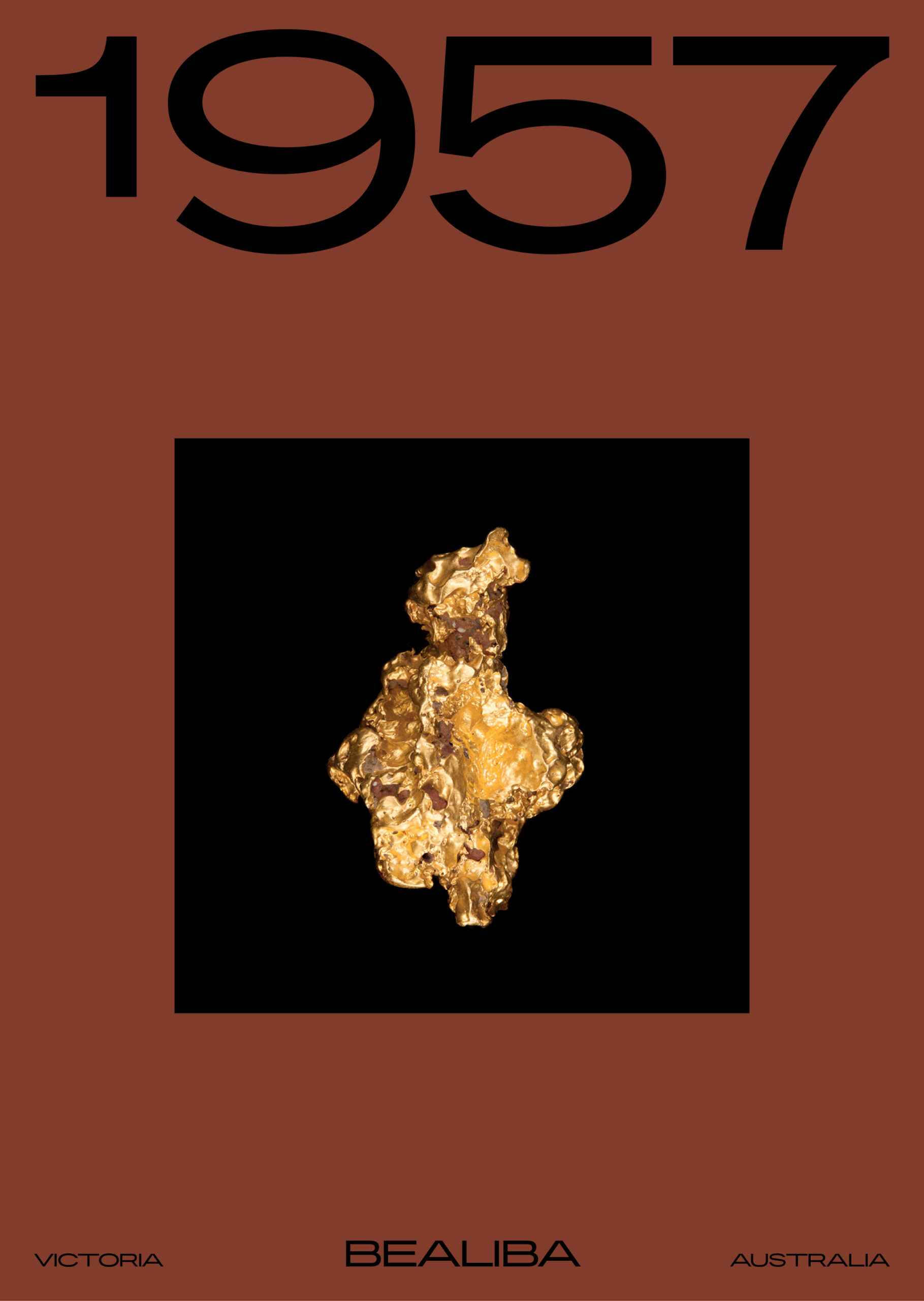 |
The Making of a Gold Rush Town | CURIOSITIES | 01.08.2022 |

|
01.08.2022
The Making of a Gold Rush Town |
|||
| 04 |
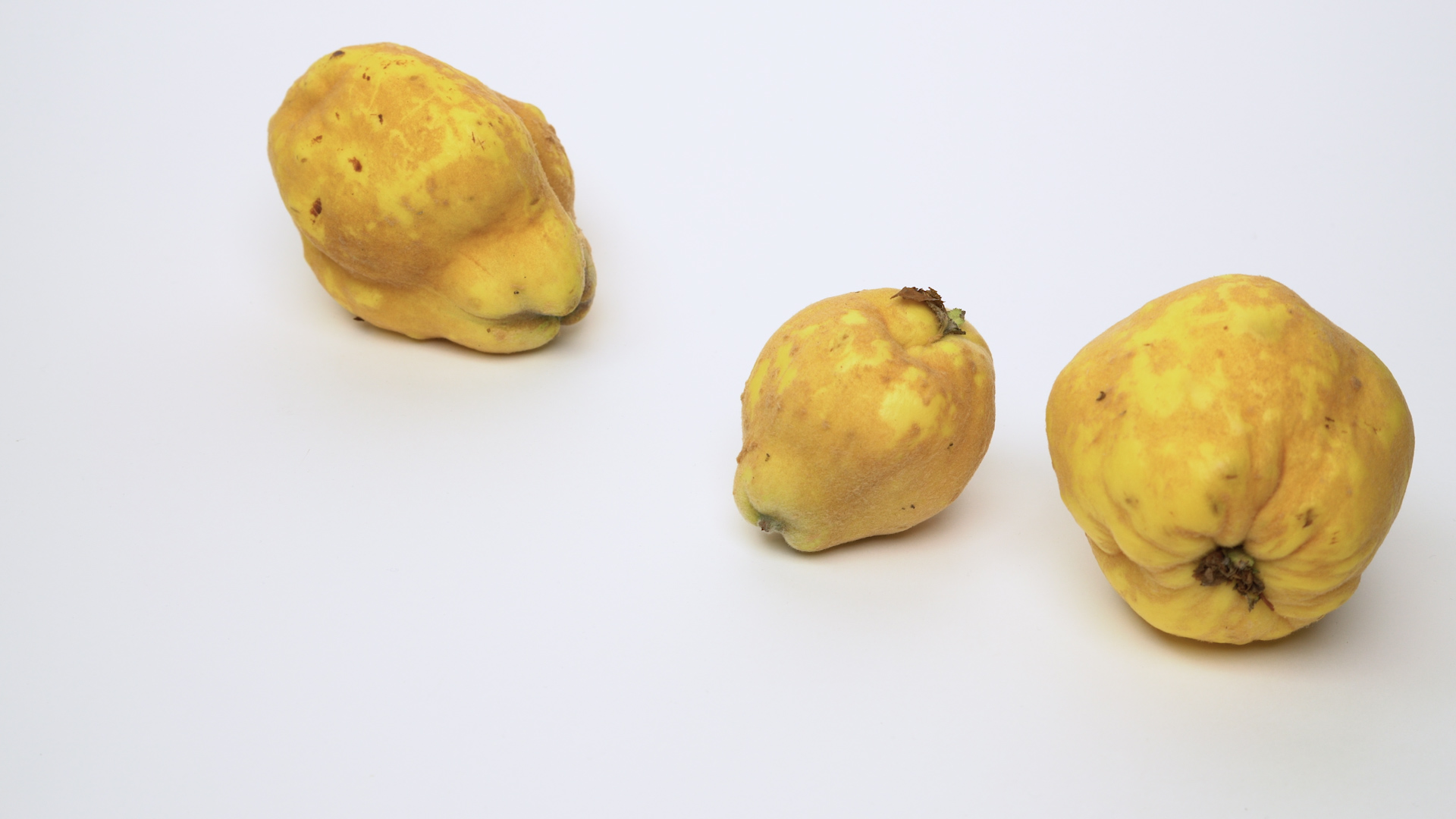 |
The A to Z of Jewelry | CURIOSITIES | 25.05.2022 |

|
25.05.2022
The A to Z of Jewelry |